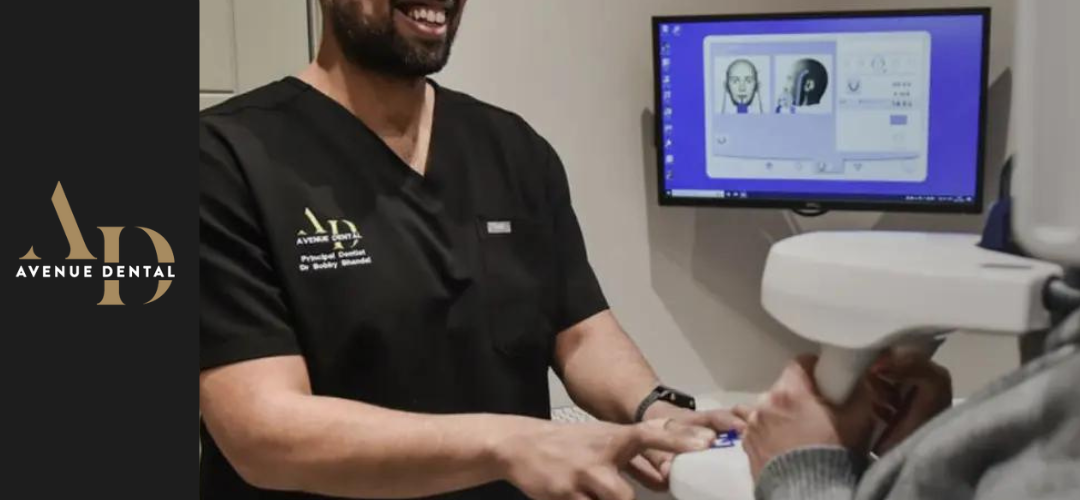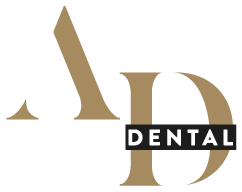CBCT Scan Dental Guide: What You Need to Know
Cone Beam Computed Tomography (CBCT) is transforming how dentists view and treat the intricate structures of the mouth. Unlike traditional X-rays that offer limited views, CBCT scan provides detailed, three-dimensional images that reveal much more about your oral health. This technology enables a precise and thorough diagnosis without the guesswork.
In this blog post, we’ll explore the benefits of CBCT scans, how they’re changing the dental industry, and what you should expect when you sit down for a scan. Whether you’re preparing for orthodontic treatment, need an implant, or just want to understand the latest in dental diagnostics, CBCT is a topic worth knowing about.

What is a CBCT scan?
A CBCT (Cone Beam Computed Tomography) scan is an advanced imaging technology widely used in dental practices. It provides clear, three-dimensional images of the teeth, soft tissues, nerve pathways, and bones in a single scan. This technology surpasses traditional X-rays, which only offer two-dimensional views, by delivering enhanced diagnostic detail.
CBCT scans are essential for precise treatment planning and diagnosis across various dental specialties, including orthodontics, implantology, and oral surgery. They allow dentists to accurately assess the structure and layout of the mouth, aiding in complex procedures such as implant placement and root evaluations.
One of the standout features of CBCT technology is its ability to deliver comprehensive data with a relatively low increase in radiation exposure compared to traditional X-rays. This balance of detailed imaging with safety considerations makes CBCT an invaluable tool in modern dental care, improving treatment accuracy and outcomes without significant risks.
Advantages of CBCT scan - dental
Accuracy
The precision of CBCT scans is unmatched in dental imaging, offering an essential tool for creating detailed treatment plans. For example, when planning for dental implants, CBCT allows for precise placement by showing the bone density and volume, which are critical for implant success.
Lower radiation dose
CBCT scans provide comprehensive 3D images while exposing you to lower levels of radiation compared to traditional CT scans. This reduced radiation makes CBCT a preferable option for ongoing monitoring and evaluation, such as tracking the progress of bone regeneration in implant sites or assessing the development of orthodontic treatments over time.
Fast
A CBCT scan is quick, often completed in just a few seconds, and delivers a wealth of information immediately. This rapid turnaround not only minimises theyour time in the clinic but also speeds up the decision-making process for treatments. It eliminates the need for multiple appointments that traditional imaging techniques might require. CBCT scans are saving time for you as a patient and practitioner.
Versatile
The scope of CBCT scans extends across a wide range of dental issues. They are instrumental in diagnosing and managing jaw tumours by providing a clear view of the extent and location of the growth. For orthodontic assessments, CBCT scans can show the position of unerupted or misaligned teeth, aiding in more accurate treatment planning.
How does a CBCT scan work?
During a CBCT scan, the machine rotates around you, capturing images using a cone-shaped X-ray beam. These images are then reconstructed digitally to create a three-dimensional model of your dental anatomy. This process is quick and comfortable for you, involving minimal preparation.
What to expect during a CBCT scan
When preparing for a CBCT scan, there are a few simple guidelines you should follow:
- Remove any metal objects, jewellery, or hairpins that might interfere with imaging.
- Stay as still as possible during the scan to make sure the images are clear.
- Follow any specific instructions provided by your dental team regarding eating or drinking beforehand.
The procedure itself is quick and painless, taking about 10 to 30 seconds for the actual scanning process, although preparation and positioning may take a few additional minutes.
Conclusion
CBCT scans have revolutionised dental imaging by providing detailed views of dental structures that traditional X-rays could not effectively capture. Choosing a dental practice that uses CBCT technology, such as Avenue Dental, ensures that you receive more precise diagnoses, streamlined treatment plans, and, ultimately, superior dental health outcomes.
This advancement highlights the move toward more accurate and patient-oriented dental care, illustrating why CBCT technology is quickly becoming a standard fixture in dental practices globally. By understanding the benefits and applications of CBCT scans, you can make informed decisions about your dental treatment options, taking an active and informed role in oral health management.
FAQs
A CT scan (Computed Tomography) captures detailed images of the body’s internal structures and is used across various medical fields. A CBCT scan is a type of CT scan that specifically uses a cone-shaped X-ray beam to produce 3D images of the craniofacial area, providing more detailed dental and skeletal images with a lower radiation dose compared to a standard CT scan.
Yes, a CBCT scan can show infections in the bone and surrounding tissues, such as abscesses or osteomyelitis (“inflammation of bone or bone marrow, usually due to infection”). It provides clear images of the affected areas, helping in the diagnosis and management of infections.
A dental CBCT scan typically takes only a few seconds to a couple of minutes to perform, depending on the specific area being imaged. The entire process, including preparation, usually completes within 10 to 15 minutes.
In the context of dental and orthodontic applications, CBCT is generally better than a conventional CT scan as it provides precise images with a lower dose of radiation, which is ideal for imaging the craniofacial area without the unnecessary exposure of other body parts to radiation.
The choice between MRI (Magnetic Resonance Imaging) and CBCT depends on what needs to be examined. MRI is superior for imaging soft tissues and is used when detailed views of muscles, nerves, and other soft structures are needed. CBCT is better suited for bone and dental structures, making it ideal for many dental applications.

